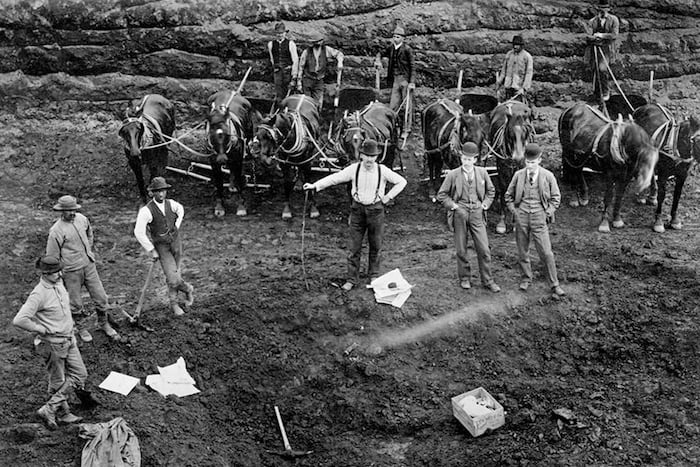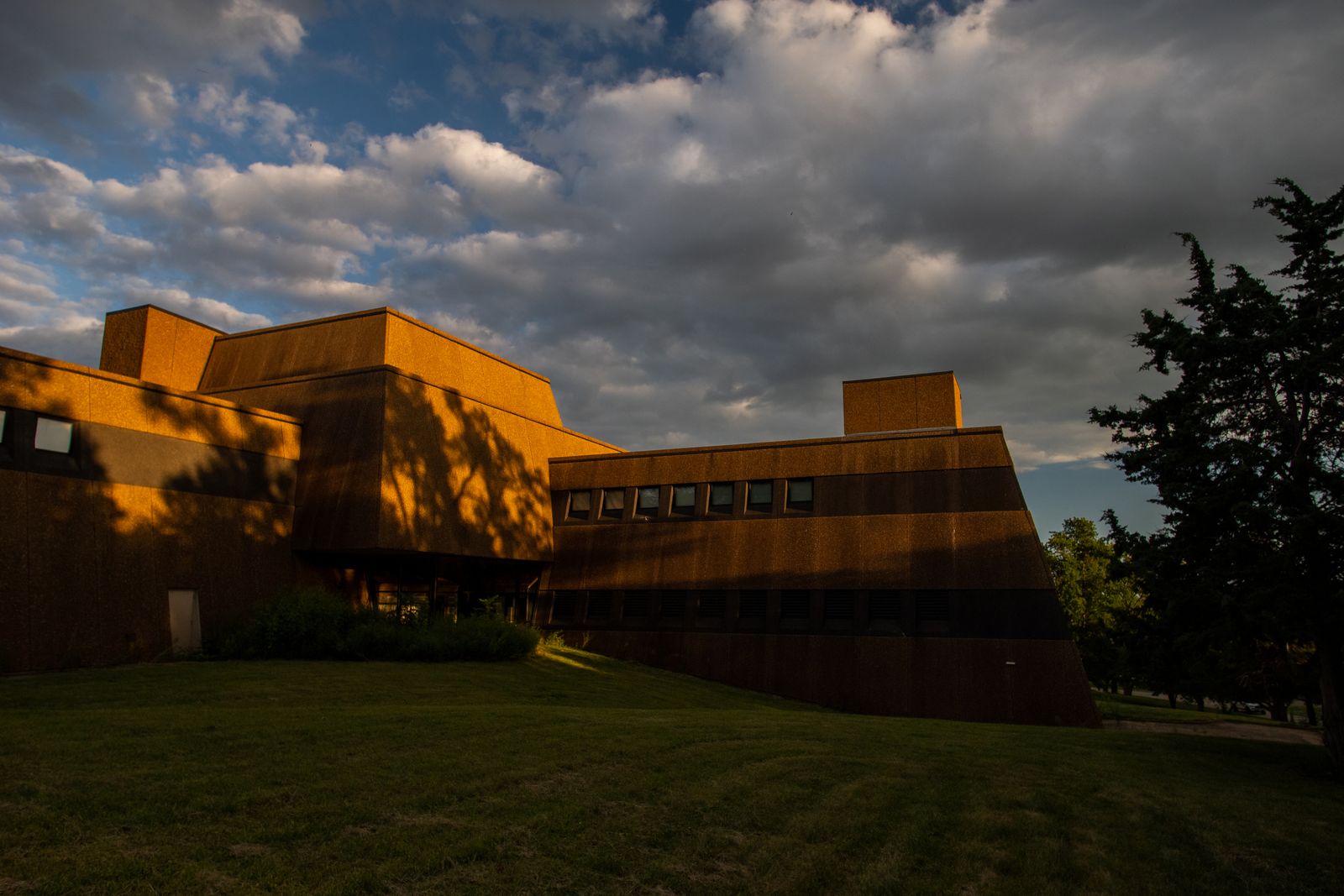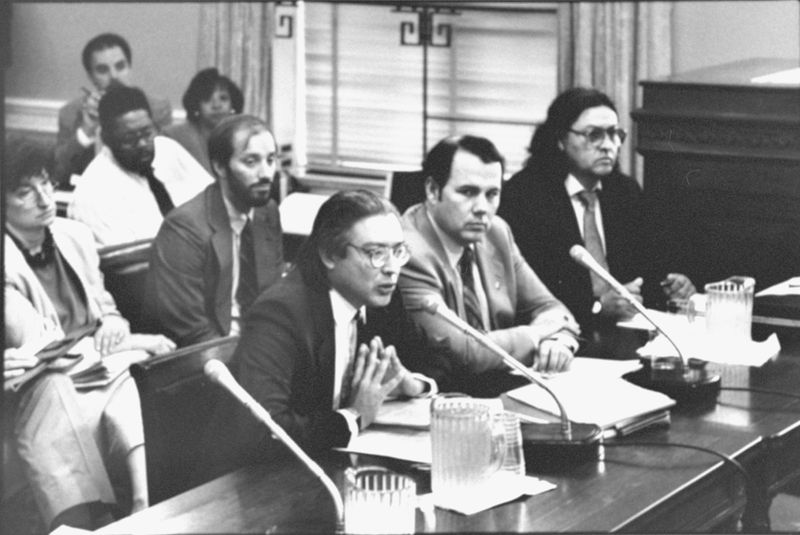Osage Nation
A federally recognized Indian tribe with headquarters in Oklahoma
Institutions reported making the remains of more than 3,600 Native Americans available for return to the Osage Nation.
The tribe was also eligible to claim more than 96,100 associated funerary objects.
Institutions continue to hold the remains of at least 28,300 Native Americans taken from counties known to be of interest to the tribe.*
Where Native American remains made available for return to the Osage Nation were taken from
These 60 institutions made Native American remains available for return to the Osage Nation.
Timeline of Native American remains made available for return to the Osage Nation
These institutions have not made available for return the remains of at least 28,300 Native Americans that were taken from counties known to be of interest to the Osage Nation.
| Institution | Remains Not Made Available for Return That Were Taken From Counties of Interest to the Tribe |
|---|---|
| Illinois State Museum | 4,700 |
| Indiana Univ. | 3,568 Dept. of Anthropology (3,067) Glenn A. Black Lab. of Archeology (501) |
| Univ. of Kentucky | 2,535 |
| Harvard Univ. | 2,387 Peabody Museum of Archaeology and Ethnology (2,386) Warren Anatomical Museum (1) |
| Univ. of Missouri, Columbia | 2,157 |
| Center for American Archeology, Kampsville Archeological Center | 1,913 |
| Univ. of Oklahoma | 1,365 Sam Noble Oklahoma Museum of Natural History (1,327) Oklahoma Archeological Survey (38) |
| Ohio History Connection | 1,210 |
| Dept. of Defense | 895 St. Louis District (473) Tulsa District (257) Little Rock District (74) Vicksburg District (46) National Museum of Health and Medicine (15) Pittsburgh District (13) Rock Island District (9) Kansas City District (6) Fort Leonard Wood (2) |
| Southern Illinois Univ., Carbondale | 783 |
| Field Museum | 576 |
| Univ. of Illinois, Urbana-Champaign | 575 |
| Carnegie Museum of Natural History | 484 |
| Cincinnati Museum Center | 451 |
| Milwaukee Public Museum | 398 |
| Missouri Dept. of Natural Resources | 283 |
| Kansas State Historical Society | 276 |
| Univ. of Kansas | 270 |
| Univ. of Louisville | 247 |
| West Virginia Department of Arts, Culture and History | 245 |
| Missouri Dept. of Transportation | 194 |
| American Museum of Natural History | 189 |
| Indiana State Univ. | 185 |
| Pennsylvania Western Univ., California | 183 |
| Univ. of Cincinnati | 166 |
| Univ. of Tennessee, Knoxville | 146 Dept. of Anthropology (145) Frank H. McClung Museum (1) |
| Gilcrease Museum | 142 |
| Univ. of Wisconsin, Oshkosh | 127 |
| State Museum of Pennsylvania | 122 |
| West Texas A and M Univ. | 115 |
| Univ. of Alabama | 98 |
| Univ. of Michigan | 91 |
| Western Kentucky Univ. | 74 |
| Wisconsin Historical Society | 74 Museum Division (72) Historic Preservation Division (2) |
| Dept. of the Interior | 64 Mammoth Cave NP (18) Mingo National Wildlife Refuge (15) Cypress Creek National Wildlife Refuge (11) Chautauqua NWR (10) Ozark National Scenic Riverways (4) McGregor District, Upper Mississippi River National Wildlife and Fish Refuge (3) Crab Orchard National Wildlife Refuge (2) Felsenthal National Wildlife Refuge (1) |
| Univ. of Pennsylvania | 64 |
| Southeast Missouri State Univ. | 59 |
| Oshkosh Public Museum | 53 |
| Northern Kentucky Univ. | 52 |
| Cleveland Museum of Natural History | 50 |
| Robert S. Peabody Institute of Archaeology | 49 |
| Mutter Museum, College of Physicians of Philadelphia | 47 |
| Mississippi Dept. of Archives and History | 44 |
| Dept. of Agriculture | 43 Shawnee NF (25) Mark Twain NF (10) Hoosier NF (4) Wayne NF (4) |
| Virginia Dept. of Historic Resources | 43 |
| Yale Univ. | 43 |
| Univ. of Arkansas | 40 Museum (39) Arkansas Archeological Survey (1) |
| Indiana State Museum and Historic Sites Corporation | 34 |
| Western Illinois Univ. | 26 |
| New York State Museum | 25 |
| Univ. of Texas at Austin | 23 |
| Univ. of Missouri, St. Louis | 21 |
| Missouri State Univ. | 20 |
| Stanford Univ. Heritage Services | 19 |
| Univ. of Nebraska State Museum | 16 |
| Temple Univ. | 15 |
| Dayton Museum of Natural History | 14 |
| Ball State Univ. | 13 |
| Dept. of Energy | 13 |
| Univ. of Iowa | 13 |
| Cleveland State Univ. | 12 |
| No Man's Land Historical Society | 12 |
| Lawrence Univ. | 11 |
| Brigham Young Univ. | 10 |
| Univ. of Central Missouri | 10 |
| Charleston Museum | 9 |
| Ohio Univ. | 9 |
| U.S. Environmental Protection Agency | 9 |
| Hastings Museum | 8 |
| Museum of Texas Tech Univ. | 8 |
| New Harmony Workingmen's Institute | 8 |
| Washington Univ. | 8 |
| Wichita State Univ. | 8 |
| Kent State Univ. | 7 |
| Missouri Historical Society | 7 |
| Tioga Point Museum | 7 |
| Univ. of Memphis | 7 |
| Filson Historical Society | 6 |
| New York Univ. | 6 |
| Clark County Historical Museum | 5 |
| Houston Museum of Natural Science | 5 |
| Nassau County Dept. of Parks and Recreation | 5 |
| Univ. of Akron | 5 |
| Goshen College | 4 |
| Northwestern Univ. | 4 |
| San Bernardino County Museum | 4 |
| Univ. of Louisiana at Monroe | 4 |
| Earlham College | 3 |
| Kansas City Museum | 3 |
| Minnesota Indian Affairs Council | 3 |
| Rochester Museum and Science Center | 3 |
| St. Joseph Museums, Inc. | 3 |
| Univ. of Florida | 3 |
| Univ. of Southern Indiana | 3 |
| Louisiana State Exhibit Museum | 2 |
| Madison County Historical Society | 2 |
| Marshall Univ. | 2 |
| Pennsylvania State Univ. | 2 |
| Texas A and M Univ. | 2 |
| Texas Dept. of Transportation | 2 |
| Trinidad State Junior College | 2 |
| Univ. of California, Berkeley | 2 |
| Bridgewater College | 1 |
| Buffalo Museum of Science | 1 |
| Fort Smith Museum of History | 1 |
| Hutchinson County Historical Museum | 1 |
| Mississippi State Univ. | 1 |
| Northwestern State Univ. of Louisiana | 1 |
| Palmer Foundation for Chiropractic History | 1 |
| Springfield Science Museum | 1 |
| Stuhr Museum of the Prairie Pioneer | 1 |
| Univ. of North Carolina at Chapel Hill | 1 |
| Univ. of Tulsa | 1 |
| Univ. of Wisconsin, Madison | 1 |
| Univ. of Wisconsin, Milwaukee | 1 |
| Wayne State Univ. | 1 |
Know how an institution is handling repatriation? Have a personal story to share? We'd like to hear from you.
Watch an informational webinar with our reporters.
This tool presents a dataset maintained by the National Park Service containing all the Native American human remains and associated funerary objects that institutions have reported to the federal government under the Native American Graves Protection and Repatriation Act. The dataset includes information about the state and county where remains and objects were taken from, which institutions hold them and whether they have been made available for return to tribes.
The data is self-reported by institutions. The amount of unrepatriated Native American remains reported by institutions is a minimum estimate of individuals and institutions frequently adjust these numbers when they reinventory groups of remains. Some institutions that are subject to NAGPRA have also entirely failed to report the remains in their possession. As a result, the numbers provided are best taken as estimates. The actual number and geographic scope of what’s held by publicly funded institutions is larger than what is presently documented.
ProPublica supplemented this dataset with information about cultural affiliation and disposition to specific tribes by systematically parsing the text of Notices of Inventory Completion published in the Federal Register. An additional dataset from the Department of Housing and Urban Development, the Tribal Directory Assessment Tool, was used for the section on remains not made available for return from counties that each tribe has indicated interest in to the federal government.
Institution location and tribal headquarters location information was provided by National NAGPRA. The location of some groups that are not federally recognized was provided through research by ProPublica.
Institutions that are part of a larger entity are grouped. (For example, the Mesa Verde National Park is part of the U.S. Department of the Interior.)
Institutions that have not submitted information to the federal government are not listed. The Smithsonian Institution is not listed because its repatriation process falls under the National Museum of the American Indian Act and it is not required to publicly report its holdings with the same detail as institutions subject to NAGPRA.
If you work for an institution and would like to provide comment on your institution’s repatriation efforts, please email [email protected]. If you think the data is incorrect or have a data request, please get in touch. We are aware of some issues with the accuracy of location information and tribes mistakenly being identified for disposition of Native American remains in published notices.
If you want to share something else with ProPublica, we’d like to hear from you.
If you have questions about implementing or complying with the Native American Graves Protection and Repatriation Act, get in touch with National NAGPRA or the NAGPRA Community of Practice.
We use the word “tribes” to refer to all groups that institutions made Native American remains available to under NAGPRA. This includes tribes, nations, bands, pueblos, communities, Native Alaskan villages, Native Hawaiian organizations and non-federally recognized groups.
Data sources from Department of the Interior, National Park Service, National NAGPRA Program, the Federal Register, Department of Housing and Development, Tribal Directory Assessment Tool


